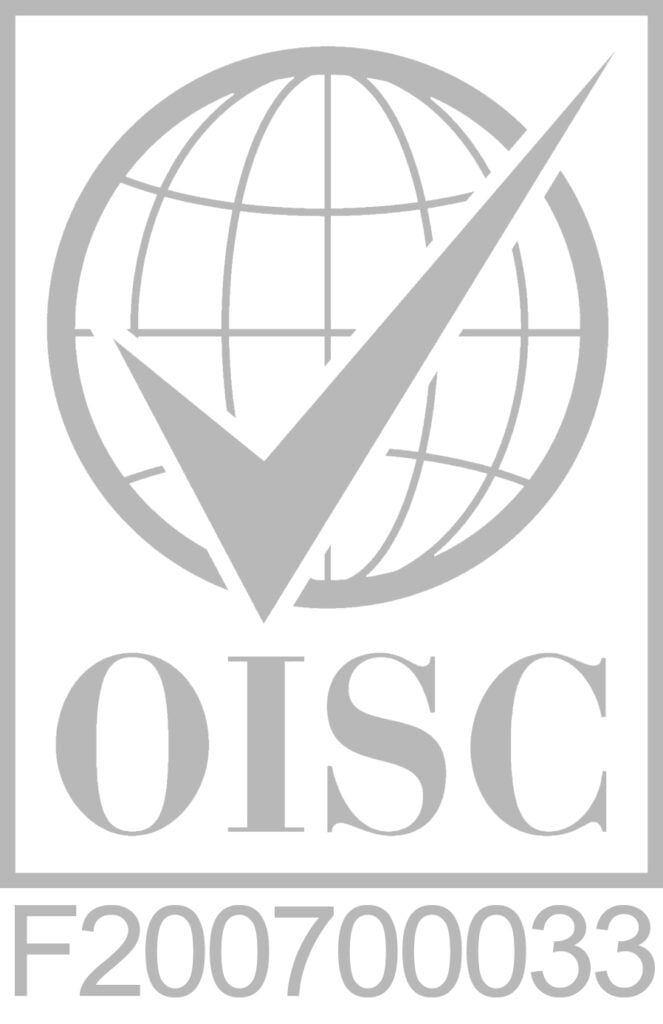For the last month or so we have had animated internal discussions of the entry clearance options for non-British parents of British citizen children who are based abroad but want to raise their British child in the UK. Non-British parents of British children are sometimes referred to as Zambrano parents after the name of the case decided by the Court of Justice of the European Union.
For a long time, European law was more generous, or more tolerant, to family members of EU nationals and although each country is free to decide the fates of its nationals on the local level, there were some important benefits that spilt over to Britain from the EU. For instance, the court found that it would be against the law to deny the right of residence to the parent of an EU national if as a result the EU national child would be denied the right and benefit of being raised and educated in the EU.
There was a lot of resistance to this rule and the hostile environment very much activated around the Zambrano principle trying to deny it any practical bite.
However, in the pre-Brexit scramble, there has been at least a seeming relaxation of some fairly stern principles. Zambrano may be one of those points.
It should be said that the standard route for families with our without children is the partner visa or spouse visa under Appendix FM of the immigration rules. Those who have parental responsibility for a British child but do not live together with the other parent of the child may apply for a visa under the parent route, but the child has to be in the UK first.
There is another route still available until 31 December 2020 under the EEA Regulations 2016 – a Zambrano family permit. It is open to primary carers of British citizen children where the child would be compelled to stay outside the UK if the carer is not granted entry clearance.
The complexity of a Zambrano entry clearance application is foiled by the relative simplicity of the Regulations: Regulation 11, paragraph 5(e), provides for the right of admission to a person accompanying a British citizen to, or joining a British citizen in, the United Kingdom, if, once in the UK, they would meet the requirements of Regulation 16(5). The relevant requirement of Regulation 16 is that the person is a primary carer of a British citizen child who “would be unable to reside in the United Kingdom or another EEA State” if the primary carer left the United Kingdom for an indefinite period of time. They should not have leave to enter or remain under another part of the Immigration Rules.
Primary carer is defined in paragraph 8 of the same Regulation as a person who is a direct relative or a legal guardian of the child and either has primary responsibility for the child’s care or shares equally the responsibility with one other person. Paragraph 9 helpfully states that where the role of primary carer is shared by two people any reference to the carer should be read as “both primary carers”.
A serious amendment in the definition of “primary carer” was made in July 2018 – it deleted an exclusion in accordance with which a Zambrano primary carer could not share parental responsibility with a British citizen. Only parents who equally lacked immigration status in the UK could be joint Zambrano carers before the amendment. This excluded the majority of families with British children as most often at least one parent of a British child would be a British citizen.
Thus, on the face of it, the amendment opened the door to all families resident abroad with British kids.
There are serious advantages of applying for a family permit under the Regulations rather than a partner visa under the Immigration Rules:
- Financial advantage: the application is free, there is no Immigration Health Surcharge, there is no need to make repeated paid applications and grant of settled status will be free after five years. Potential savings may reach five-figure numbers.
- There is no financial requirement. Unlike the partner visa route, there is no need to demonstrate that the sponsor had the required earnings abroad and has a job offer in the UK.
- Where the relationship between the parents is not stable, it may be important that there is no requirement of intention to live together permanently or make the UK your main home.
This is one way of looking at it.
The downside of the Zambrano family permit route is a nauseous lack of legal certainty.
Here is a summary of the main “complexity” points:
- Hostility of the Home Office policy
The Home Office guidance on family permits does not deal with Zambrano applicants in any detail. However, the guidance on derivative rights of residence has a section on Zambrano cases in the context of applications made in the UK. It sets the tone and shows an attitude by far more inimical to the applicant than the Regulations. For instance, the guidance explicitly states that the Zambrano route is only open where the applicant does not have other means to remain lawfully in the UK. According to the guidance, it is only if the application failed under the immigration rules and all rights of appeal are exhausted that the Home Office officials are required to consider whether a derived right of residence exists.
The Guidance makes Zambrano and other derivative rights the route of last resort for those who have no chance to make a successful application under other parts of the rules.
There are no legal provisions to back up this policy, but nevertheless the policy exists. It blatantly contradicts the Regulations.
It may sound pedantic, but as a lawyer I have to flag it up that the guidance is not the law and does not have precedence over the Regulations which are the law. The relevant provisions of the Regulations are sufficiently clear to be interpreted without reference to the Guidance.
- Complexity of case law
Patel v Secretary of State for the Home Department [2019] UKSC 59 is the most recent case from the Supreme Court addressing the Zambrano right of residence. The case was decided in December 2019 but had to apply the Regulations as they were prior to the amendment, at the time of the original decision was made. This is an obvious point, but it may easily be overlooked.
It also doesn’t help that the Court of Appeal which dealt with the case before it went to the Supreme Court, made some terse remarks of the sort “The Zambrano principle cannot be regarded as a back-door route to residence”. These remarks were immediately adopted by the Home Office as tag-lines. The fact that the law has since changed is not reflected in the Guidance and is most likely ignored in practice.
- The rule of law in immigration context could be stronger, and somewhat more stable
We would all benefit from legal certainty and ability to approximate the legal system with justice. When political views motivate the judiciary, a day in court becomes akin to a stint at a casino. You may win or lose depending on how the dice falls.
Not to leave the reader on this disgruntled note, I will share the conclusions of our internal discussions:
- If you meet the requirements of the Immigration Rules and want a smooth sail to the UK, apply under the rules.
- If there is no urgency in your relocation to the UK but you would benefit from a right of residence and Zambrano may be an option – it is worth giving it a try.
- If you do not qualify under the Immigration Rules – for instance, you are a sole carer of a British citizen child based overseas or if you do not meet the financial requirements and your situation does not fall under “exceptional circumstances” – I would strongly recommend that you apply under the Zambrano route without delay. You may not have another chance after the end of this year.
In any event, if Zambrano is of relevance and you want to discuss this route in more detail, please get in touch and we will be happy to offer you a consultation.









You can share your comment or question in the box below